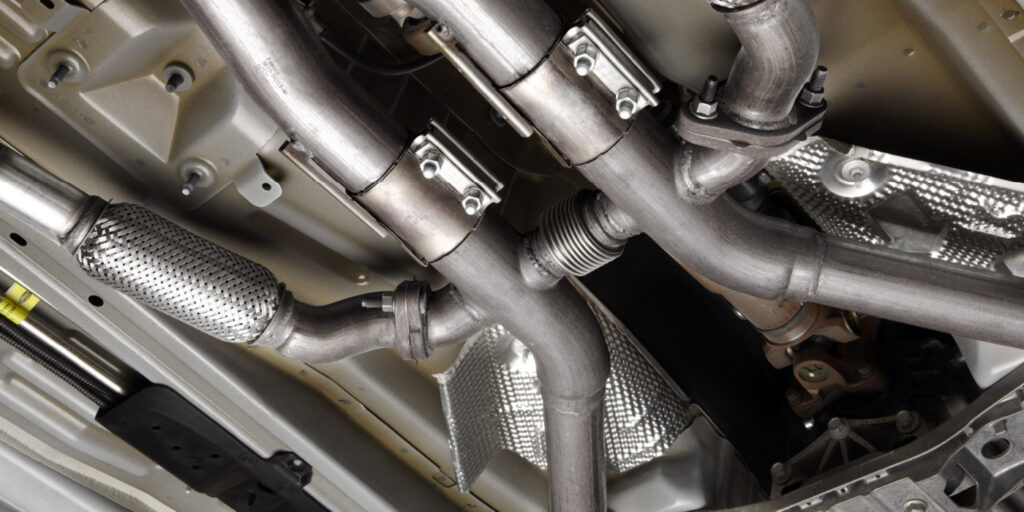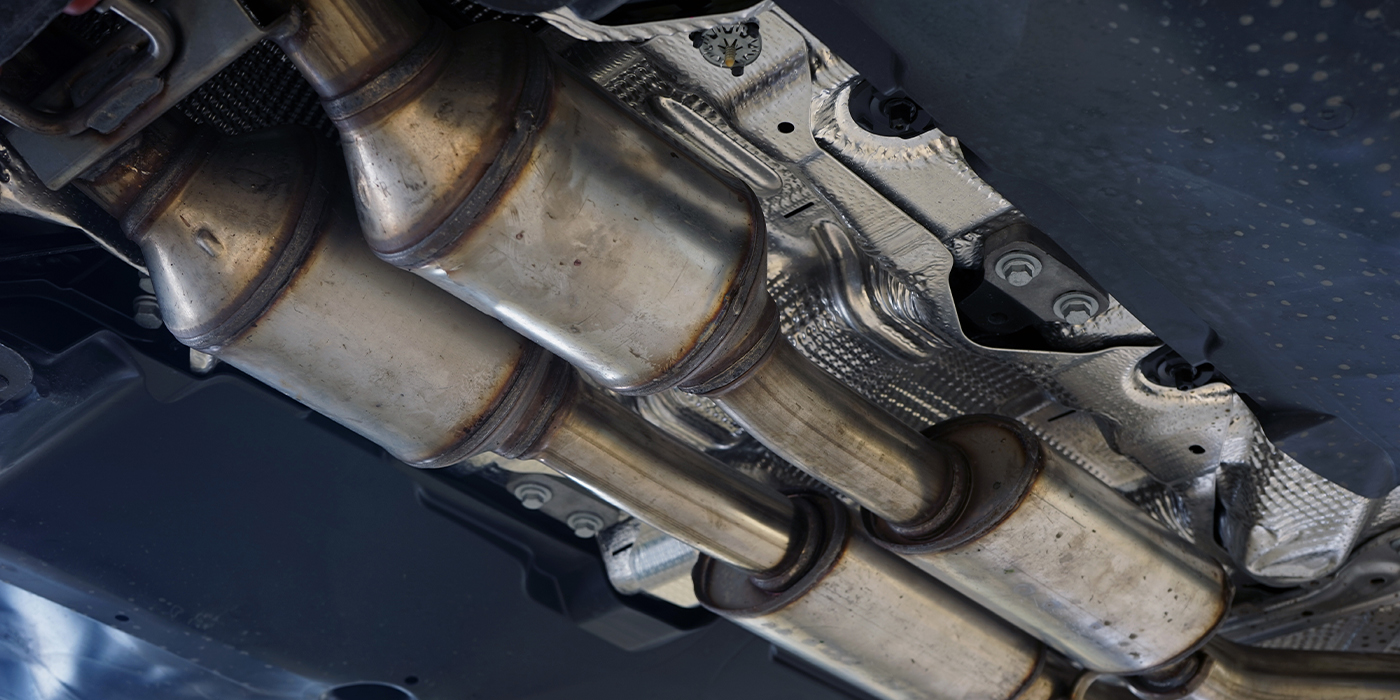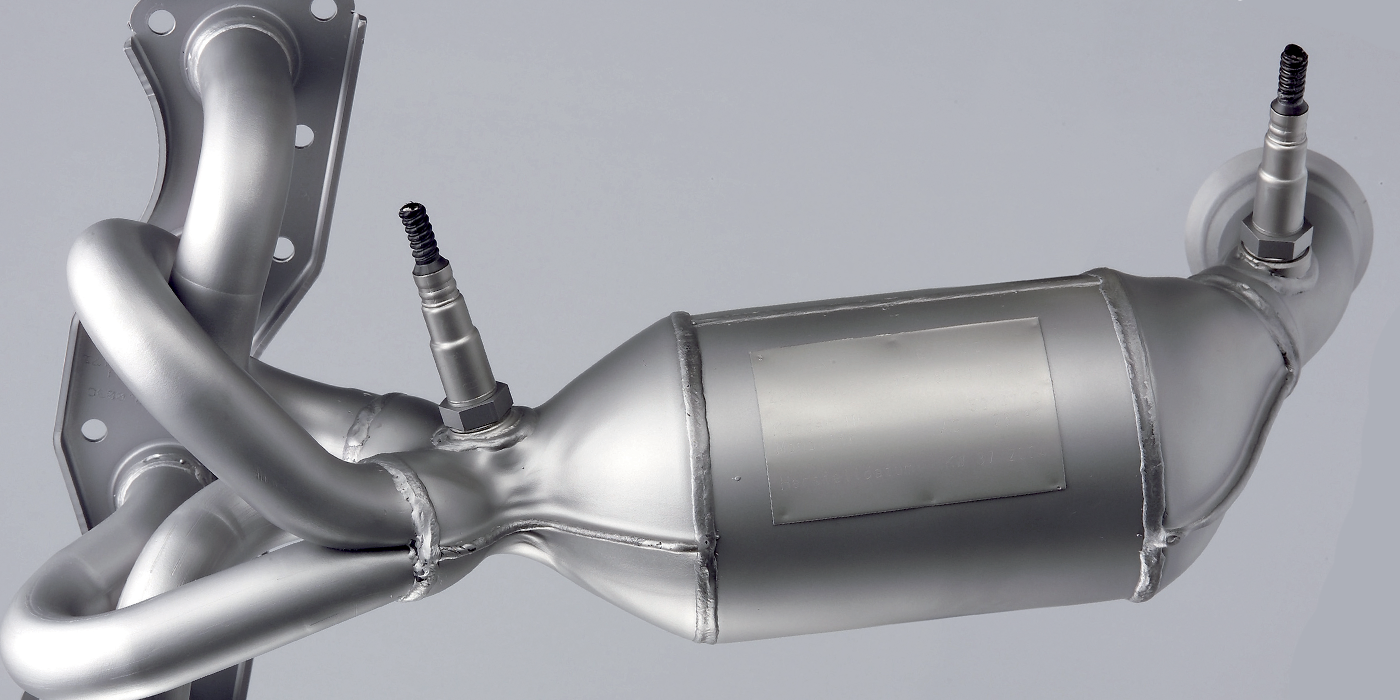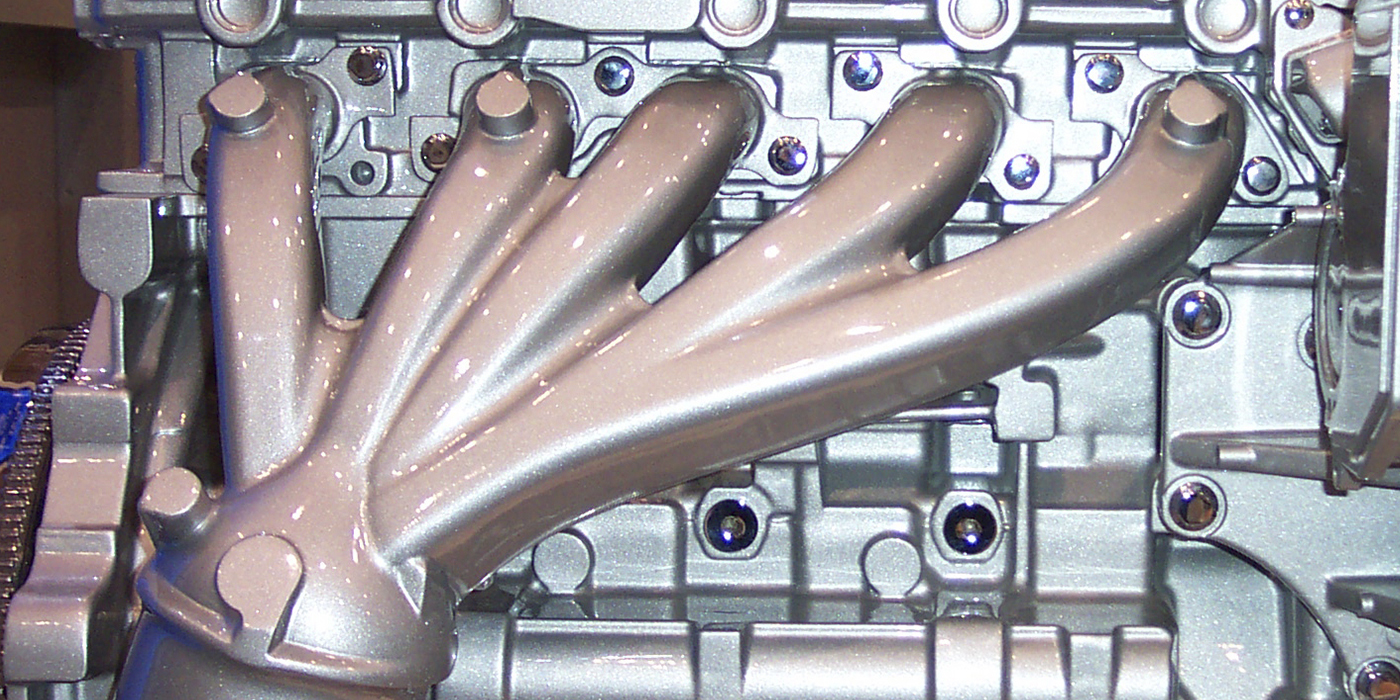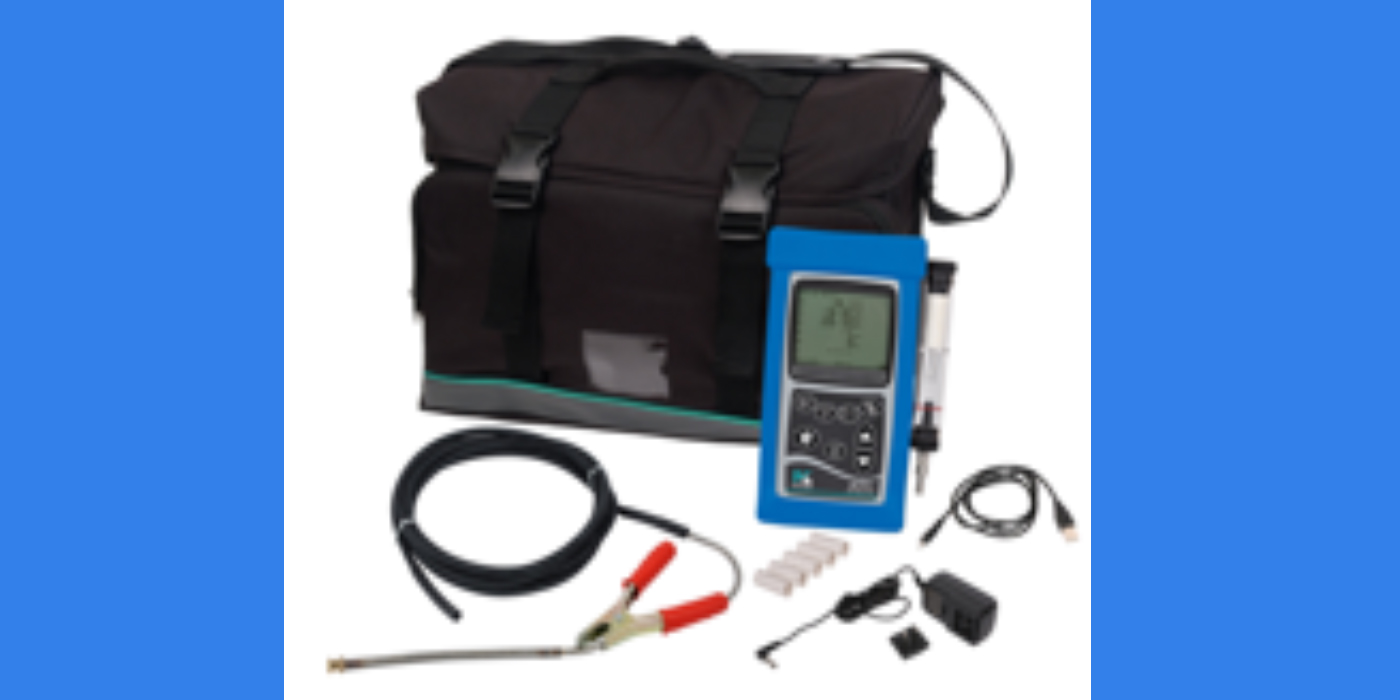Custom exhaust work is one of the first modifications an owner may perform. Beyond making more power, it can help the car or truck breathe better. Often, however, a performance system might not be available for certain vehicles if they are too new, rare or the owner wants something special.
To give the customer what they want, you might have to fabricate the system. Before you start looking for the largest tubing that will fit, you must first do your homework if you intend to customize both gas and diesel vehicles.
Gas Temperatures
As the exhaust gases exit the exhaust valve, they begin to cool down. As they cool, the gases contract and take up less volume. This can create a vacuum that can help scavenge or pull exhaust gases from another cylinder. As a gas is compressed, it will heat up. The modern exhaust system is designed around these three principles.
How well an exhaust system is able to manage temperatures and volumes can determine its overall performance and emissions. If an exhaust system is too restrictive, it might hinder power production and raise exhaust gas temperatures. If the system flows too freely, exhaust gas temperatures might not reach high enough temperatures to burn raw hydrocarbons in the converters or soot in particulate filters.
If a replacement exhaust system does not meet or exceed the flow characteristics of the original system, it could mean more than a loss of power. This is where a properly bent and fabricated replacement system made of the right materials can make all the difference.
Materials
Most modern OE exhaust systems and some aftermarket systems use stainless steel. Stainless steel prevents corrosion and oxidation under high temperatures, but it can be more brittle than aluminized steel. Both materials have their place in an exhaust system, depending on the customer’s budget.
Welding stainless steel might require MIG or TIG welding and training to get professional results. Do your research when it comes to welding rods and gases.
There are different grades of stainless steel. High-performance exhaust systems are typically made of 304 stainless steel. This type of stainless steel has 27-30 percent chromium and nickel. A magnet will not stick to the surface. High temps will cause the surface to have a blue color. These systems can cost three times more than an aluminized steel system. OE stainless steel systems typically use 409 grade stainless steel. The stainless steel will be magnetic and may even show corrosion.
Design
If you intend to redesign the system on some late-model vehicles from the exhaust ports back, it takes more than just the tubing. It requires modification of the fuel trim. This may involve remapping the ECM, replacement of injectors and maybe even changes to the sensors. This is true for gas and diesel vehicles.
If you are replacing a system on a late-model diesel vehicle, the new system must have the right back pressure and be able to withstand the heat of the regeneration process that burns the soot trapped in the filter.
Bends
The first sign of a high-quality system is the bends. Expensive and well-made systems use mandrel bends. This type of bend uses special dies on the inside and outside of the tubing to ensure the internal diameter does not change.
Often, these bends require the use of a machine that is computer controlled.
Coupling and Mounting
Exhaust systems are subjected to resonance and vibration that can lead to cracking and damage. Also, movement in the chassis and engine can cause a system to fail. A well-engineered system will use the right connections at the right point.
Even the strongest of welds and brackets will fail if the system does not have the right couplings. If used properly, high-quality flex sections and slide joints do not create restrictions.
2008 and newer model year vehicles (light- and medium-duty gas and diesel) have had some of the most sensitive parameters for fuel trim. Also, all medium-duty diesel vehicles were fitted with exhaust particulate filters. Any of these systems still on the road are likely leaking or the flex couplings are wearing out.
Bungs and Sensors
If you are dealing with oxygen sensors and thermocouples, the location is critical for their operation. If an oxygen sensor is too far from or too close to the exhaust port or catalyst, it could affect the readings and calibration of the sensor.

